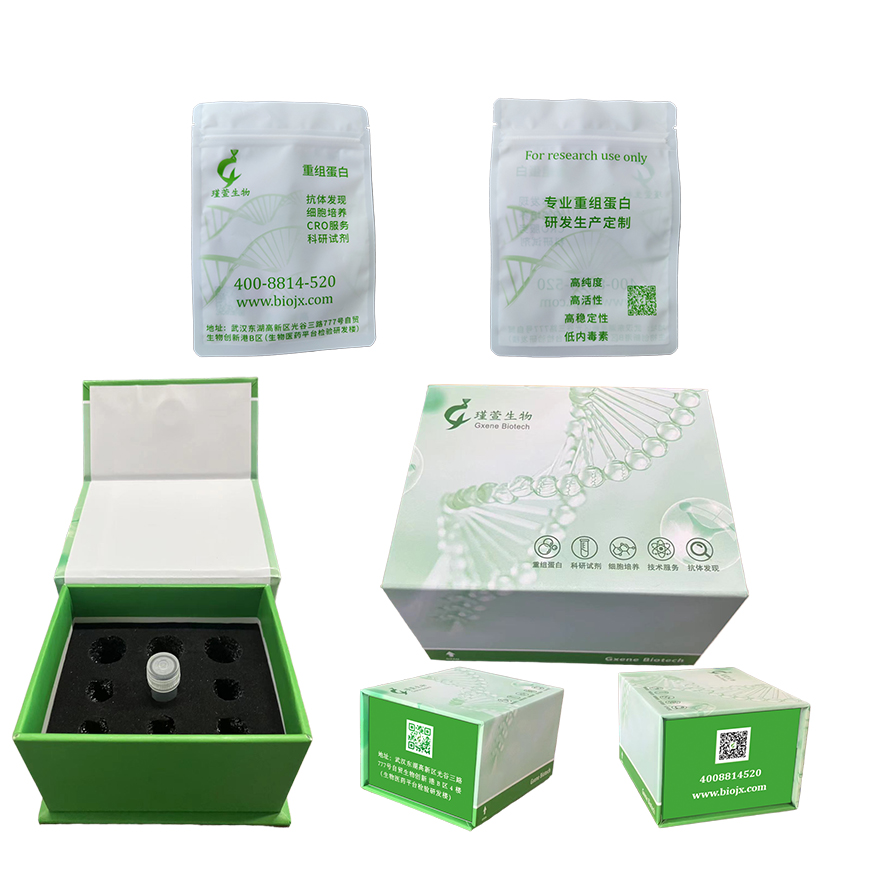After reconstitution, the protein solution is stable at -20 °C for 3 months, at 2-8 °C for up to 1 week.未开盖的干粉蛋白在 -20°C至-80°C可保存12个月;
复溶之后,蛋白溶液在-20°C及以下可保存3个月,在2-8℃可保存1周。
背景信息
Tissue-type plasminogen activator (PLAT) is a protein that secreted into extracellular space. PLAT contains five domains:EGF-like domain, fibronectin type-I domain, 2 kringle domains and peptidase S1 domain. It belongs to the peptidase S1family. The main function of this protein is to convert plasminogen into biologically active plasmin. As a protease, PLATplays a crucial role in regulating blood fibrinolysis, maintaining the homeostasis of extracellular matrix and in modulatingthe post-translational activation of growth factors. PLAT is found not only in the blood, where its primary function is as athrombolytic enzyme, but also in the central nervous system (CNS). It participates in a number of physiological andpathological events in the CNS, as well as the role of neuroserpin as the natural regulator of PLAT's activity in theseprocesses. Increased or decreased activity of PLAT leads to hyperfibrinolysis or hypofibrinolysis, respectively. In addition, asa cytokine, PLAT plays a pivotal role in the pathogenesis of renal interstitial fibrosis through diverse mechanisms. Thus, as afibrogenic cytokine, it promotes the progression of kidney diseases.

